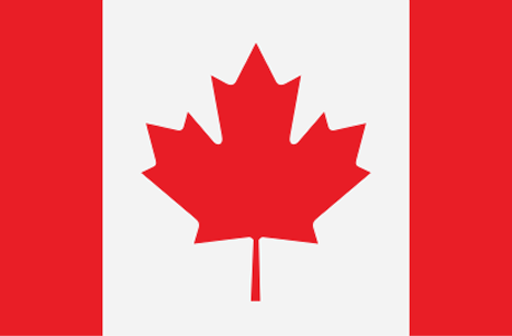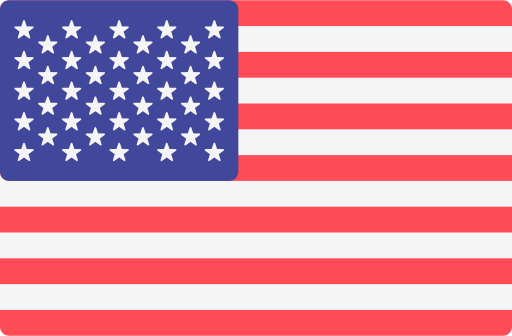

Quebec Regulation First Aid Kits
Quebec’s Requirements
In Quebec, the CNESST mandates that employers provide and keep readily accessible first aid kits that comply with CSA Z1220-17 standards. The number, type, and size of these kits must match both the number of workers per shift and the workplace risk level. When determining risk, employers should consider the likelihood of harm as well as the severity of potential injuries.
How CSA Kits Comply
- CSA Z1220-compliant kits generally meet or exceed the Quebec minimum listing (bandages, antiseptic, etc.).
- Stocking a CSA kit ensures robust coverage; just confirm item counts match any Quebec-specific nuances (e.g., certain bandage sizes or types).
Below is a sample table showing typical items you would find in a Quebec-compliant first aid kit (for a small to medium workplace). The quantities and type of items may vary based on your specific risk assessment, number of employees, and CNESST guidance.
This table is not an official CNESST list but reflects common practice and references from CSA Z1220-Level 2 kits, which generally exceed or align with Quebec’s requirements.
| Item | Quantity | Purpose / Usage | Relevant Quebec Regulation / Note |
|---|---|---|---|
| Adhesive Bandages (Assorted Sizes) | 25 – 50 (or more) | Cover minor cuts or abrasions, prevent contamination | Basic requirement in most workplaces; quantity scales by workforce size. |
| Sterile Gauze Pads (e.g., 5 cm x 5 cm) | 4 – 8 | Absorb blood/fluids, protect wounds | Required for moderate to severe injuries, also recognized in CSA/Quebec. |
| Sterile Gauze Pads (larger sizes) | 2 – 4 | Protect larger wounds, control bleeding | Advisable if workplace has risk of heavier bleeding. |
| Adhesive Tape (1–2 rolls) | 1 – 2 rolls | Secure dressings, splints | Must be hypoallergenic tape if possible. |
| Triangular Bandages | 2 – 4 | Sling for injured arm, can be used for head dressings, etc. | Often mentioned in first aid kit guidelines. |
| Roller Bandage (e.g., 5 cm & 10 cm widths) | 2 (each width) | Secure dressings, provide compression | Helps control bleeding or stabilize sprains. |
| Antiseptic Wipes / Solutions | 10 – 20 | Clean skin around wounds to prevent infection | CNESST expects antiseptic or disinfectant for wound cleaning. |
| Disposable Gloves (Nitrile or Latex-Free) | 4 – 8 pairs | Protect first-aider and patient from cross-contamination | Gloves must be replaced regularly (new gloves per incident). |
| CPR Face Shield or Pocket Mask | 1 (minimum) | Provide safe barrier during mouth-to-mouth resuscitation | Strongly recommended by both CNESST and CSA. |
| Scissors (blunt tip) | 1 pair | Cut bandages, clothing if needed | Should be sturdy, kept clean, disinfected as needed. |
| Tweezers | 1 pair | Remove small splinters, foreign objects | Must be disinfected after each use. |
| Instant Cold Pack | 1 – 2 | Reduce swelling, relieve pain | Useful for sprains, strains, minor injuries. |
| First Aid Booklet / Instructions | 1 copy | Quick reference for emergencies, labeling best practices | Should be in French/English if possible for Quebec. |
| Accident Record Book & Pen | 1 book + 1 pen | Record details of incidents (date, type of injury, treatment) | Required for workplace incidents under OHS regulations. |
Note: Larger workplaces or higher-risk environments (e.g., construction, manufacturing, chemical) may need additional or specialized items (splints, eye wash stations, chemical burn treatments, etc.). Always review your risk assessment to confirm.
Regulation & Official References
- Act Respecting Occupational Health and Safety (R.S.Q. c. S-2.1) and its regulations
- CNESST (Commission des normes, de l’équité, de la santé et de la sécurité du travail) oversees enforcement.
- Official Resource: CNESST





























